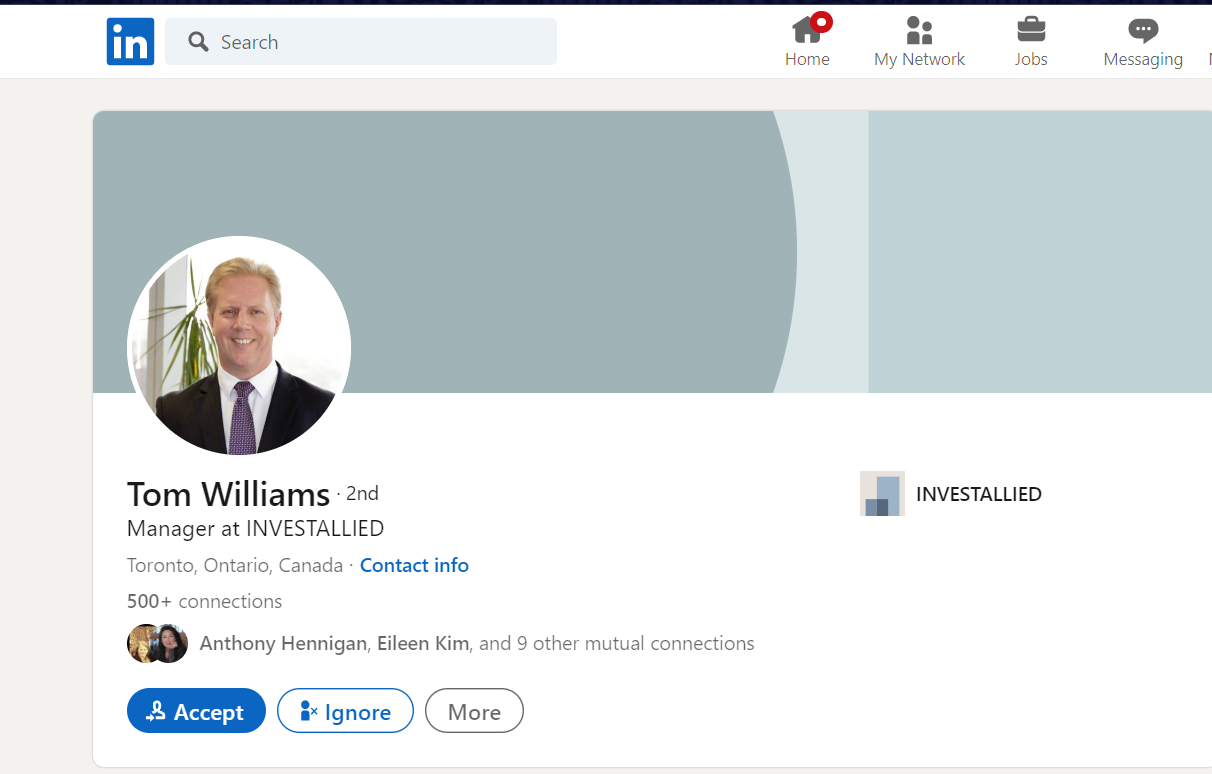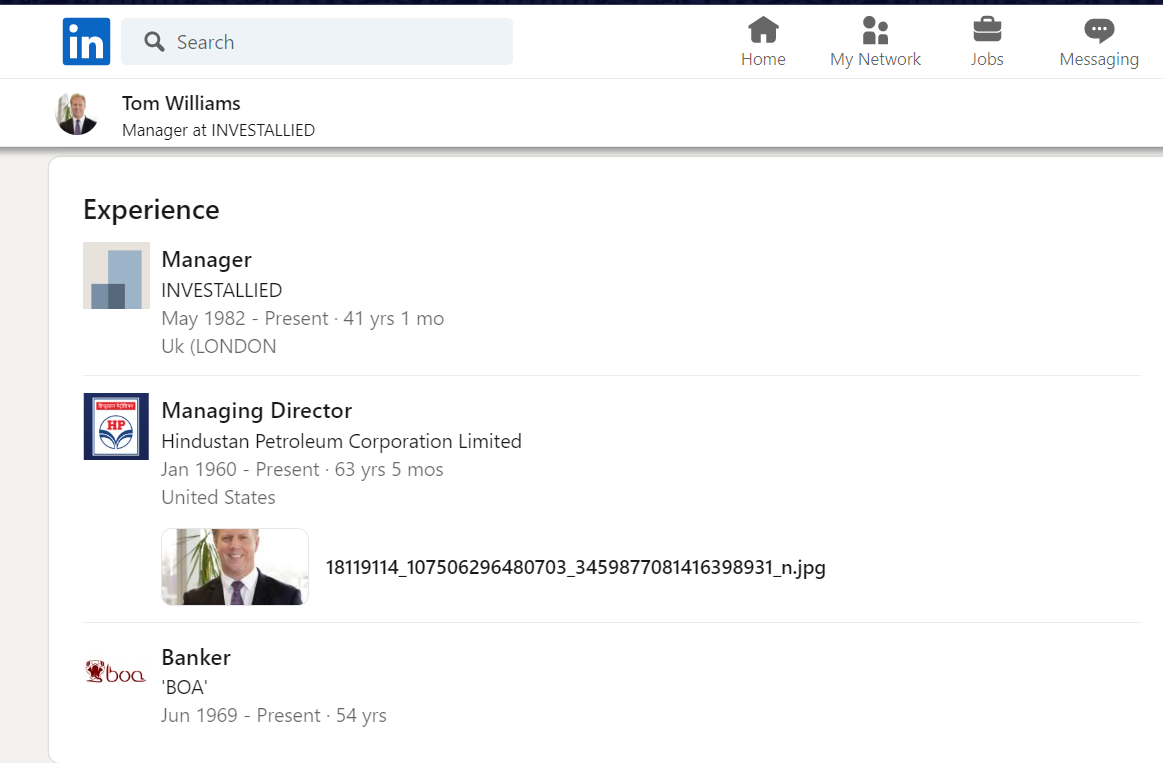The Network For Professionals That Used To Be Safe
Almost every business professional uses LinkedIn. Although people are cautious on other social media sites, they have succumbed to scams on LinkedIn. Lately, so many people have been reaching out to me about the number of fake accounts on LinkedIn, that I decided it was time to make a tutorial about tips on how to identify a fake account on LinkedIn.

Tips On How To Identify A Fake Account On LinkedIn
For those of you that are not big fans of social media, LinkedIn has been the key go-to tool for professionals. It is a social networking platform where users can showcase their skills and experiences, connect with other professionals, and explore job opportunities. With millions of active users, LinkedIn has become a prime target for scammers and spammers alike. They create fake accounts to target unsuspecting professional individuals. These fake accounts can be difficult to spot, but there are certain things you can look out for to identify a fake account on LinkedIn.
- Profile Picture: The profile picture is often the first thing that catches our eye. Fake accounts tend to use stock images, images of celebrities or models, or low-quality images. A profile picture with a professional look and feel is a good sign of a genuine LinkedIn account.
 Incomplete profile: Fake accounts usually have incomplete profiles. They may not have a detailed summary, job experience, or education listed. A genuine LinkedIn account will usually have a complete and detailed profile. As you can see in the image above, there is little information provided.
Incomplete profile: Fake accounts usually have incomplete profiles. They may not have a detailed summary, job experience, or education listed. A genuine LinkedIn account will usually have a complete and detailed profile. As you can see in the image above, there is little information provided.- Activity: A genuine LinkedIn account will have some level of activity. This includes likes, comments, and shares of other people’s posts. Fake accounts, on the other hand, will have little or no activity.
Connections Don’t Mean Legit
Once I was duped by a fake Prince Fazza account. I neglected to look at everything else because it had over 3 million followers. The education, location and business listings were correct but alas, there were NO posts! It wasn’t until I realized the spelling of his name was incorrect that he got doxed and blocked. Make it a point to always review the following to further vet the individual seeking a connection.
- Connections: Genuine LinkedIn accounts tend to have a network of connections. A fake account may have few or no connections at all. If you receive a connection request from someone who has no mutual connections, it’s worth being cautious.
- Job titles: LinkedIn is a platform for professionals, and as such, job titles are essential. A fake account may have a job title that seems too good to be true or not related to their previous job experience. Do a quick search to see if their job title and experience match up.

3. Personal information: A fake LinkedIn account may have very little personal information or include information that seems unrealistic. For example, they may have a work history that seems too good to be true or claim to have worked at a company that does not exist.
4. Messages: Fake accounts will often send messages that seem suspicious or generic. They may use poor grammar and spelling or send messages that are not relevant to your profession. Fake accounts often cannot conjugate verbs because American English is not their primary language.
5. Mutual connections: If you receive a connection request from someone who has many mutual connections, it’s worth checking with those connections to see if they know the person. Fake accounts will often try to connect with as many people as possible to appear more legitimate.
Although, LinkedIn has been a valuable tool for professionals to connect, network and seek job opportunities, it is still the internet and times are changing. Be careful who you connect with because thanks to advancements in technology, you never know who you are communicating with behind that computer! It is important to be cautious of fake accounts regardless of what site you are using that can put your personal information at risk. However, by following the tips outlined above, you can help protect yourself and identify fake accounts on LinkedIn as well as other social sites you may use.
Watch: Tips On How To Identify A Fake Account On LinkedIn
Please check out these helpful articles:
The ChatGPT Post That Rattled LinkedIn
